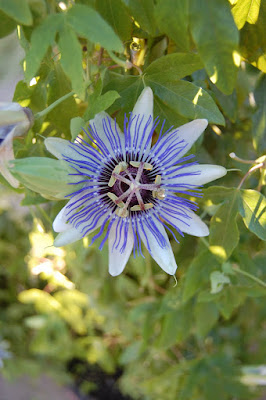Best time to write a post? When you havent slept in days, and can barely sit upright, were it not for the pain radiating through your legs.
My housemate off-handedly suggested I join him for an overnight hike to the summit of Mt. Baldy, where we would camp, then wake a few hours later to operate a checkpoint for a three summit trail running race. The runners set out at 5.00am, and would top-out on three summits in the region, the first being Mt. Baldy, at 10,050 feet, give or take. Having never really hiked at night, nor being in that altitude, it was an adventure to see if I'd puke from altitude sickness, or fall off the side of the cliff. Thankfully neither occurred, well I almost fell off once. We reached the summit at 1.30am, and with the bitterly cold wind immediately set up camp in one of the "wind breaks", a pile of rocks stacked in a C-shape to deflect some of the wind. We woke at sunset around 6am to a 360 degree view of the Los Angeles basin, and out across the desert, one of the most stunning views I have ever seen. After we checked off all the racers, it was back down, running, at a pace I was not really able to sustain it turns out. Amazing adventures all within 1.5 hours of home...

Hiking up at around midnight with no headlamps was a good challenge to my depth perception and night vision

Sunrise at 6am over the high desert north-east of L.A.

Our tents in the not-so-effective wind break. You can see the lights from the L.A. basin in the distance

Brian setting up for the checkpoint

The first three at the summit, 1.5 hours after the start

Around 6.30am I started to regain feeling in my hands

The view out west

Some of the trail runners coming in

Plane wreck we found whilst lost from the trail

Running/hiking back down from the summit

'Baldy Bowl' - where you can back country ski in the winter. You can see snow on Baldy from my house on a good day in winter

The Sierra Lodge half-way up








































